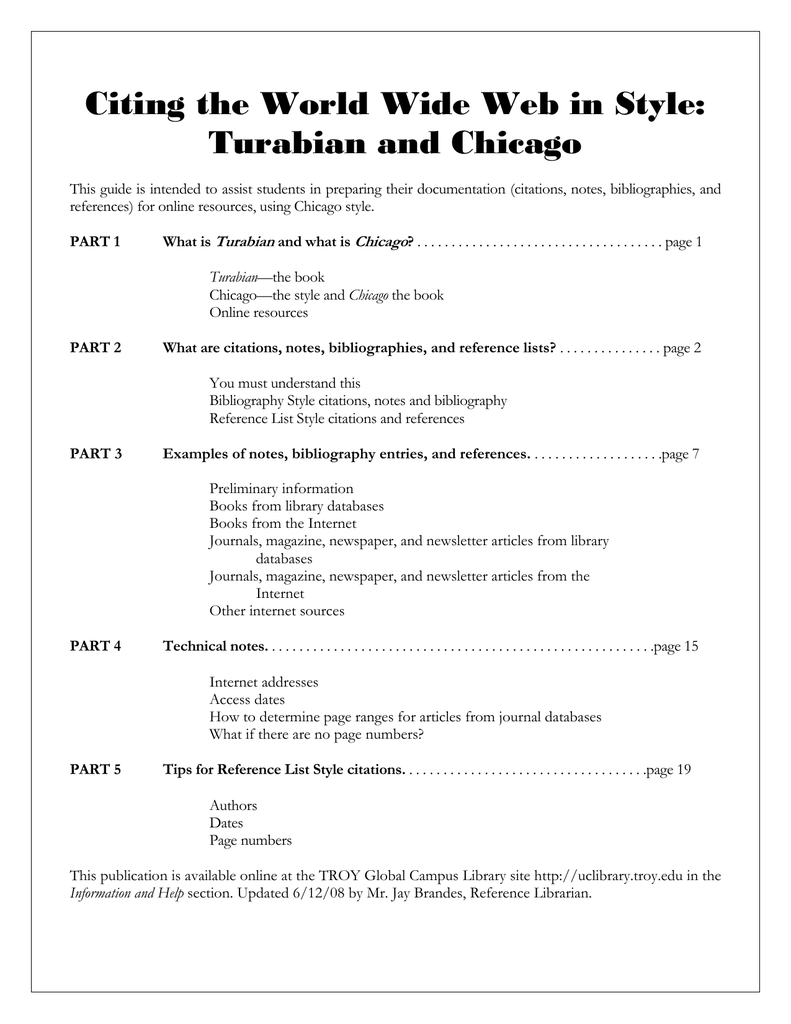


( Ibid. is an abbreviated form of the Latin ibidem, which means “in the same place.”) Instead, use a shortened citation. The Manual now discourages the use of ibid. when citing the same source in subsequent notes.Jacalyn Duffin, "The Queen's Jews: Religion, Race, and Change in Twentieth-Century Canada," Canadian Journal of History 49, no. (Also note that some instructors may allow you to use a shortened citation for the first note citing a source, provided that the source is cited in full in the bibliography.) For more examples of shortened citations, see The Chicago Manual of Style, 14.30. (All of the note examples given in this guide are the full citations.) Later notes citing the same source, however, need only include the author's surname, a shortened form of the title, and the page number(s). The first note citing a particular source must include the full citation.In books, note numbers return to 1 at the beginning of each chapter.

Footnotes and endnotes should be ordered consecutively, starting from 1, throughout a paper, article, or chapter.The first line of each footnote or endnote (and only the first line) should be indented one half inch from the left margin.It is followed by a period, a space, and then the citation. In the footnote or endnote itself, the number is not superscript.For information on placement of superscript numbers, see The Chicago Manual of Style, 14.26.According to Cranston, Rousseau was "the least academic of modern philosophers."² This number should correspond to a footnote or endnote which cites the source being referenced. After you have quoted, paraphrased, or summarized someone else's work, place a superscript number at the end of the sentence or clause.Footnotes are generally most popular, as they are easier to reference. Also, consult your instructors, as they may prefer one over the other. For the pros and cons of using each, see The Chicago Manual of Style, 14.44 and 14.45. A footnote is listed at the bottom of the page on which the reference occurs, while endnotes are compiled at the end of the chapter, paper, article, or book.Every time you use a source, whether you are quoting directly, paraphrasing (explaining the idea of another in your own words), or relaying facts or opinions not generally known or easily checked, you should include a footnote or endnote (see the Manual, 14.1).


 0 kommentar(er)
0 kommentar(er)
